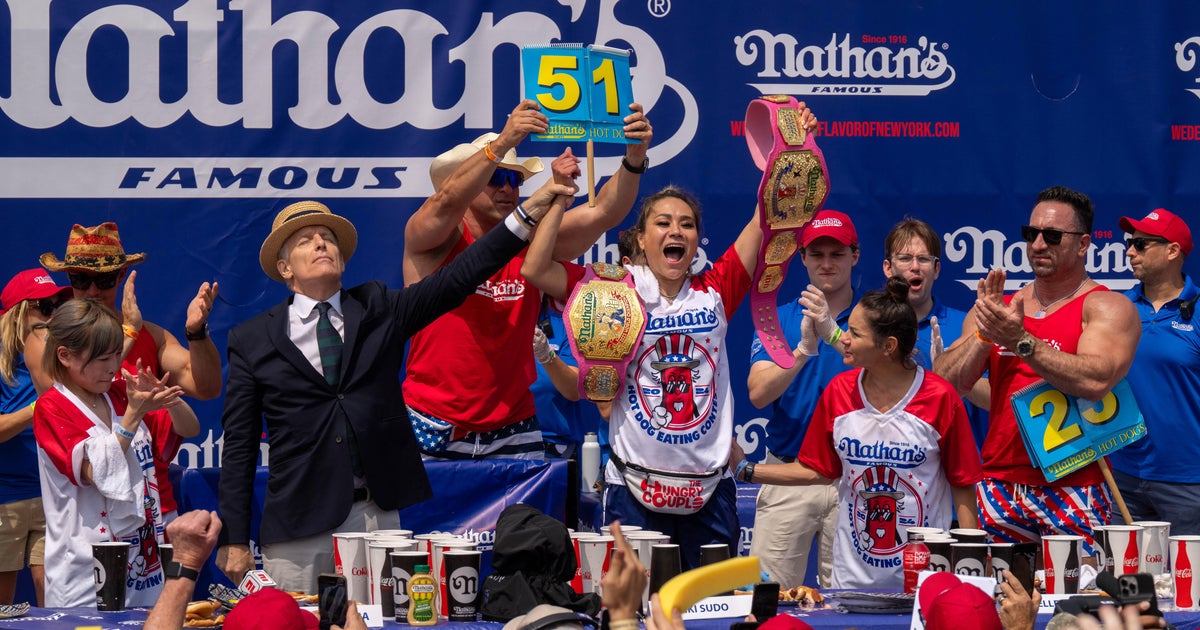Real estate commissions, brokerage models, and the consumer
Daily, my inbox contains another article regurgitating the same tired rhetoric about the real estate lawsuits and the (proposed) settlements. Despite the news report claims, there has never been a “standard” model nor a “standard” commission in this industry.

Daily, my inbox contains another article regurgitating the same tired rhetoric about the real estate lawsuits and the (proposed) settlements. Invariably, these same articles classify all real estate brokerages and models as identical. That’s just false. Despite the news report claims, there has never been a “standard” model nor a “standard” commission in this industry. Perhaps there are internal policies within some of the companies that are standardized, but the categorization of all brokerages as identical showcases the ignorance of the author.
As we now know, the claim of there being a “standard commission rate” was arrived at by researching the advertisements of homes for sale in various MLSs, determining the amount of compensation offered to buyer agents, then doubling it. Yeah, that’s scientific.
As I discussed in detail in an article published in April, this method of analysis is deeply flawed. It does not reveal the actual commission paid by the seller at the closing table. Varying in each transaction, the only place where all final agreement terms are reflected is on the Settlement Statement, which is not public information.
A decade of new brokerage business models result in a hyper competitive market place
What has also been missed by many counterfeit critics is the extreme difference in business models that now exist within the industry. Generally divided into the broad categories of traditional-split models versus the newer flat-fee models, with structures as far apart as the east is from the west.
Traditional-split model brokerage firms such as Berkshire Hathaway Home Services, Compass, Keller Williams, Anywhere, eXp Realty, REAL, or any brokerage taking a percentage of the agent’s commission falls into this category. The brokerage share, or percentage split commonly ranges from 70/30 to 90/10, with the agent receiving the larger portion and the brokerage receiving the smaller.
An example of this structure: On a $400,000 property, suppose the agent charged 2.5% (a more realistic average than the oft claimed 3%), the total commission check would be $10,000. On an 80/20 split the agent would receive $8000 (80%), and the brokerage would take $2000 (20%).
Suppose that agent reduced the commission to 2%. Instead of $10,000, the gross commission is now $8000. Based on the same 80/20 split, the brokerage share is reduced by $400 to just $1600. That’s a 20% reduction in revenue for the brokerage. Ouch! Faced with a potential 20% reduction in revenue, the traditional-split model brokerage is clearly incentivized to pressure every agent into defending commission rates, keeping them as high and as consistent as possible.
Under the traditional-split model brokerage, it is rare that an agent could reduce their commission on their own volition. Broker permission would typically only be forthcoming in cases of extreme risk of loss of the transaction. In other words, under the traditional-split model, the brokerage has every possible incentive to maintain higher commission rates.
Fee-based models are nearly the opposite of what is described above. Companies like United Real Estate, Benchmark Realty, HomeSmart, Fathom, and others operate under a fee-based model, only charging a flat and fixed amount (a fee) per transaction, regardless of what amount of commission the agent charges the client. Unsurprisingly, these companies have been at the top of market share growth of all brokerages in the US over the past five years.
Whether the agent charges 0% or 20% commission is irrelevant to the brokerage because the fee is per transaction. With that fee usually not scaling relative to anything other than perhaps a slightly higher amount for large transactions carrying more risk and consuming more resources. The agent is completely autonomous to charge whatever commission they need and can negotiate since the brokerage revenue per every transaction is the same regardless of the commission charged. In fact, should the agent choose to charge $0 commission, the transaction fee is still due, with the agent required to write a check to the brokerage for that fee.
Under the fee-based model revenue is completely decoupled from the commission amount.
Important revenue comparison
Because of this decoupled nature, the revenue for the fee-based brokerage is much lower than for the traditional-split brokerage. By comparison, one might call it minuscule.
Some specific math based on $2 Billion in residential real estate sales with an average unit price of $400,000, equaling 5000 transactions. “Company Dollar” is defined as the annual net revenue from the gross commissions paid to the brokerage.
Traditional-split model brokerage: An average 2.5% commission rate across all transactions would equal a gross commission income for the firm of $50 million before splits. Assuming the average agent split is 85/15 (high, in favor of the agent) the company dollar would be $7,500,000.
Fee-based model brokerage: Only the transaction count matters here in calculating the brokerage company dollar. Assuming an average transaction fee of $499 (which happens to be United’s transaction fee), the gross company dollar would be $2,495,000.
Based on an identical sales volume, the revenue for the fee-based model is 67% LOWER than the traditional-split brokerage. Clearly then, to say that “all brokerage models are the same” is nonsensical.
The fee-based model’s only lever for increasing revenue is to increase the number of productive agents, and then to work hard to support those agents with services and products which improve their efficiencies, NOT in controlling what those agents charge the client in commission.
The critical element to grasp then is that every agent operating under a fee-based model has complete autonomy to charge or not charge, to add services are lessen services, and to create their product offerings to the consumer with total freedom. A-la-carte offerings are common under this model. These are the reasons the model is sometimes called the “Freedom Model” and why United owns the service mark of “Find your Freedom” in real estate.
Summary
Because the fee-based model encourages development of consumer centric product offerings, combined with the inherent negotiability of an unfettered relationship between agent and client, it would be difficult to name a more consumer friendly offering than the fee-based model.
The fee-based model is the only model that allows the consumer to choose exactly how much, when, and what level of service that individual consumer desires/needs, and then pay a corresponding fee for the delivery of that service. All of it negotiated directly and transparently between the agent and the client with zero interference from the brokerage.
In the end, the fee-based model is the finest example of genuine free enterprise existent in any industry that I know, bearing precious little resemblance to the traditional-split model.
These new models are empowering their agents to pass along our efficiency to their clients and customers. Evidence of a hyper-competitive, dynamic market that consumers have and are benefiting from every single day.
This column does not necessarily reflect the opinion of HousingWire’s editorial department and its owners.
To contact the editor responsible for this piece: zeb@hwmedia.com
What's Your Reaction?

































/cdn.vox-cdn.com/uploads/chorus_asset/file/25517480/2023_Amazon_Fire_HD_10_Lifestyle_Press_Image_2.jpg)
/cdn.vox-cdn.com/uploads/chorus_asset/file/24110035/226347_Kindle_SVasani_0004.jpg)



















































![Netflix Horizon Zero Dawn TV Show Reportedly In Trouble [Update]](https://i.kinja-img.com/image/upload/c_fill,h_675,pg_1,q_80,w_1200/cc9a42c0341c691ff31e3f12daeddc34.jpg)





























